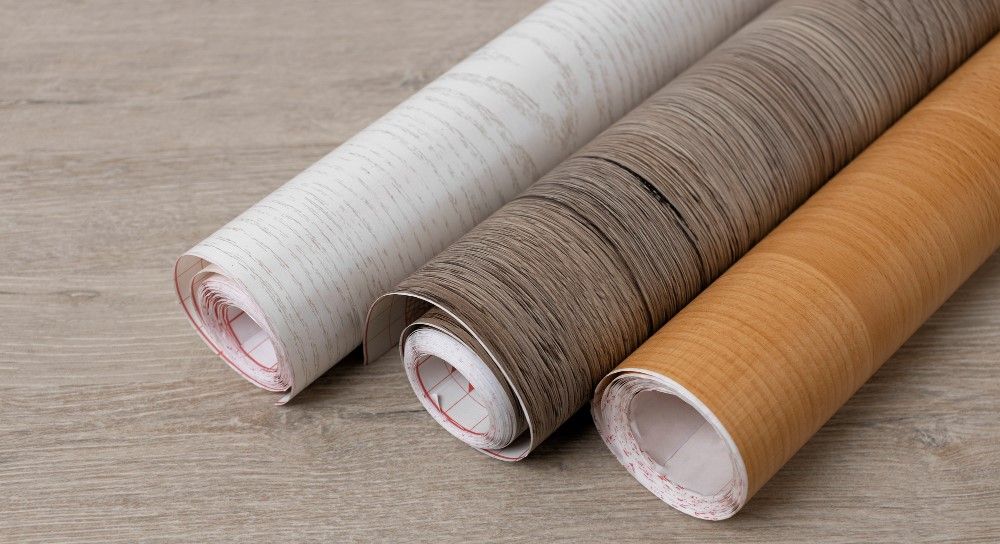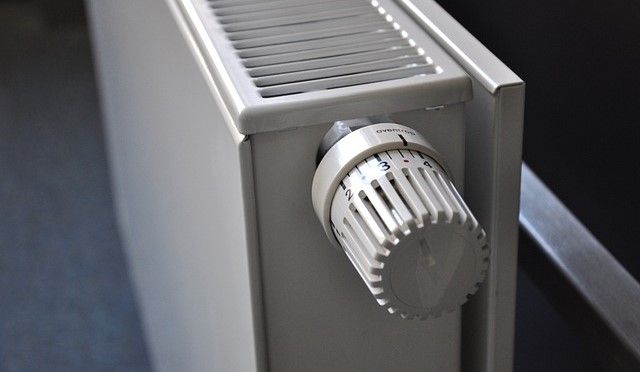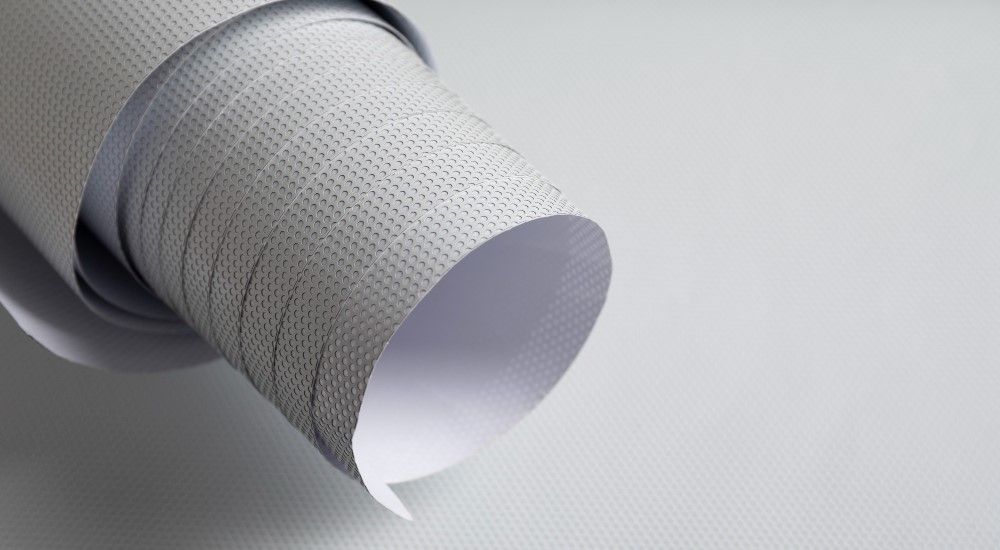Nanotechnology Turns Wallpaper into an Infrared Heater
Nanomaterials infused into wallpaper to create a heating affect similar to ‘warming sunshine.’

Russia’s invasion of Ukraine created a spike in energy prices which has thrown many into ‘fuel poverty.’ At the same time, efforts to reduce the high cost of living is coinciding with a political desire to lower fossil fuel use and dependency on imported fuels. This is leading governments and industry experts to look at nanotechnology as a novel way to heat homes.
The result is a nanomaterial-infused wallpaper which can generate infrared heat to warm up – just like standing in sunlight.

This alternative approach to central heating was developed by heating specialists in cooperation with nanotechnology researchers and is now being trialled in 45 social housing groups specifically selected for the heating poverty they are experiencing.
As the industry journal Graphene Info, explains, “At the forefront of this trial is Nottingham, a city that has become a beacon of innovation thanks to the collaborative efforts of NexGen Heating, Nottingham Trent University, and the Nottingham Community Housing Association. Researchers, led by Dr. Mike Siebert, are keenly exploring the viability of infrared heating in older properties, which typically require costly retrofitting to transition away from traditional oil and gas heating systems. The infrared wallpaper, with its ability to act as a ‘thermal battery’ by retaining heat in fabrics and releasing it slowly, offers a promising solution that could make green electric heating accessible to more homes.”
“Everything we've looked at so far is a positive,” notes Dr Siebert. “Health benefits, cost benefits, carbon benefits. It's very hard to find a negative.”

The wallpaper is a direct heating method which promises to be an inconspicuous addition to homes (unlike bulky radiators) since it is not only effective but also adaptable to match the design of any space. Moreover, when combined with solar panels and batteries, the nanomaterial-inspired infrared system can offer more affordable and environmentally friendly heating and could become a key component of sustainable living by drastically reducing dependency on fossil fuels.
It works when electricity passes through two copper strips, one on each side of the sheet of wallpaper. As long as the copper strips stay intact, the rest of the paper can be cut, just like regular wallpaper is adjusted to fit around light switches or other fixtures. This means that the nanotechnology heating system is even suitable for older homes which are notoriously difficult to insulate. It can even be painted if needed.
But perhaps what is most likeable about the novel nanotechnology is that unlike other systems, such as heat exchangers which can look unsightly or generate unwanted noise, the application of nanomaterials to form a heating wallpaper creates a pleasant, warming experience.
“The system uses a combination of far infrared and convection heat [and] takes just two to three days to install,” reports the independent news site BNN, adding that it, “is much more cost-effective when compared with a heat pump.”

A similar system has already successfully been trialled in Wales in May 2022, where graphene-enhanced wallpaper was installed in a social housing project.
Established as part of a nationwide effort to look for affordable and more efficient ways to keep the country warm, the Welsh trial even gained the full support of government as a means to meet climate change targets.
“The decarbonisation of homes plays a big part in our journey to a Net Zero Wales by 2050,” noted Julie James, the Welsh Climate Change Minister. “At a time when costs are rising, improving the energy efficiency of homes will not only help us to deal with the climate emergency but also help families through the cost of living crisis.”
“What appeals to us [about infrared wallpaper] is that the heat is almost instant,” says Chris Pryke-Hendy, head of sustainability for Nottingham Community Housing Association. “It can be really responsive when people feel they need their heating.”
Photo credit: Freepik, ri from Pixabay, Freepik, & Vecstock

